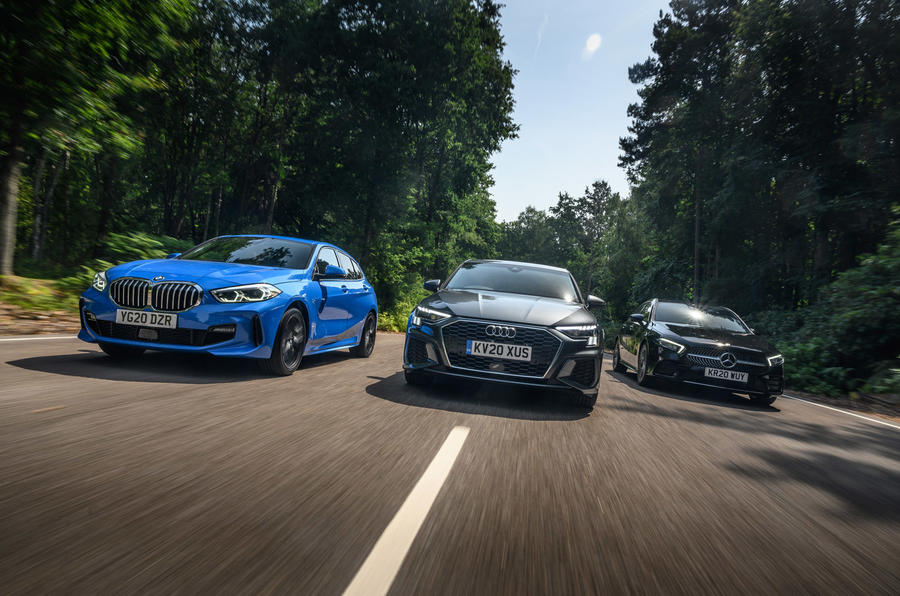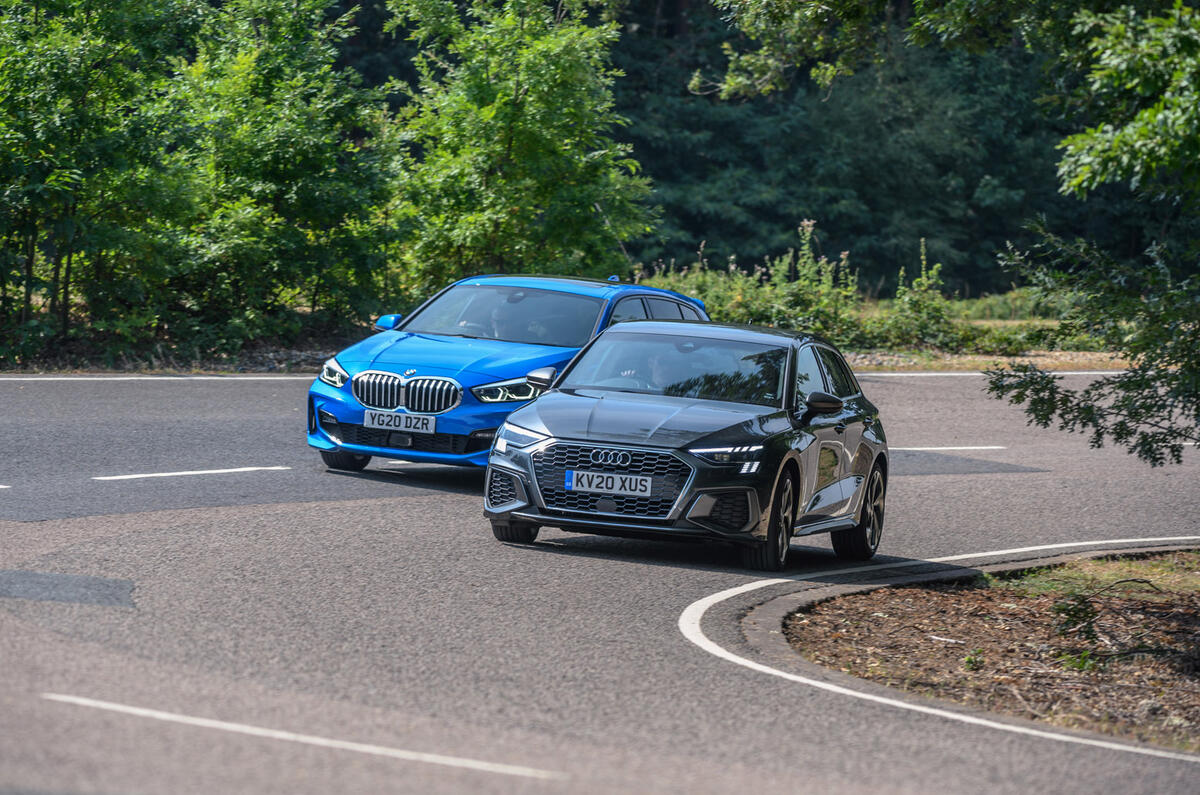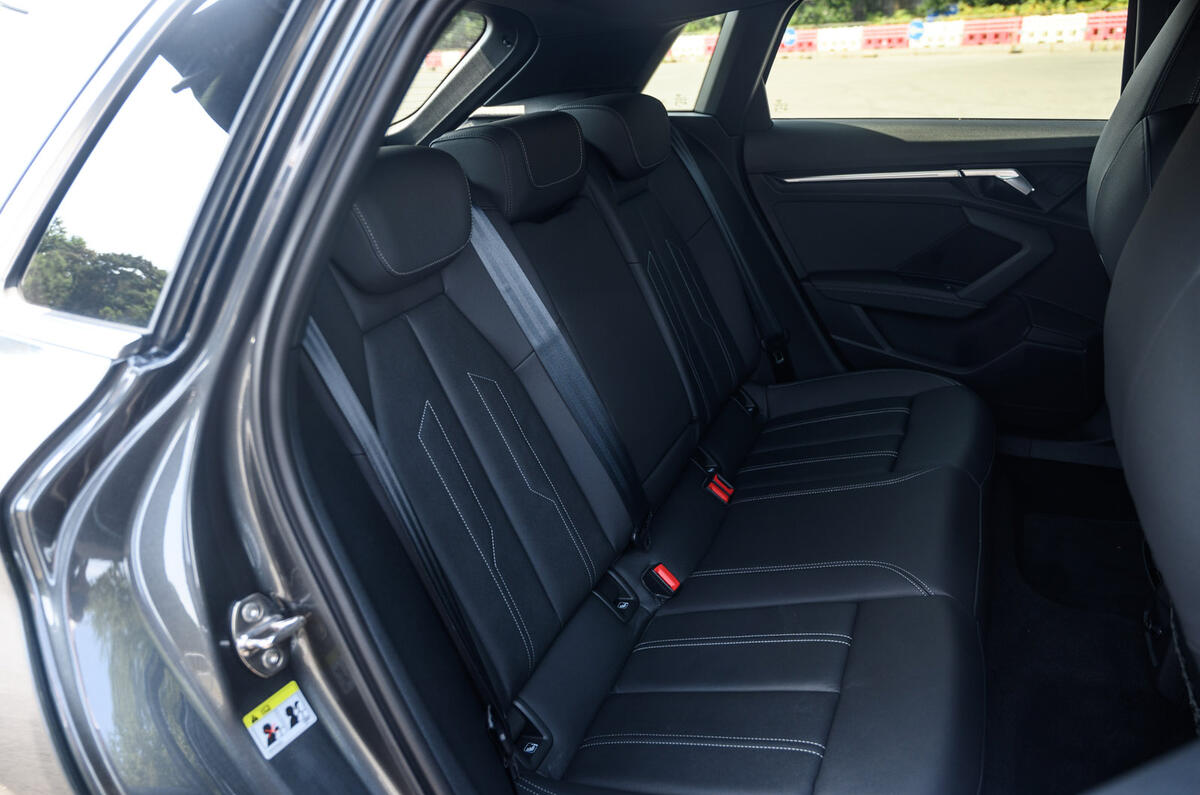Jimi Hendrix. Paul McCartney. John Lennon. Vincent van Gogh. Pablo Picasso. Richie McCaw. Michael Schumacher.
Chances are you’ll instantly recognise each and every one of those names. I’d wager that it’s also likely you’ll have a rough understanding of the common thread that ties them all together, too. Undoubtedly, they’re all legends in their respective fields – imposing names attached to outstanding individuals who have cast exceptionally long shadows over the worlds of music, art and sport. These are figureheads with whom all promising newcomers will inevitably be compared in some capacity as they rise through the ranks of their chosen profession.
Now, I reckon that if you do a small amount of mental contortionism, you could probably add the Audi A3 to that list. You see, in the car world, it’s the model that arguably kick-started an entire genre: that of the premium family hatchback.
Over its first three generations, the little A3 went on to do pretty great things for the brand from Ingolstadt. Not only did it tally up some 600,000 sales in the UK alone but also, over the course of its 24-year existence, it established itself as the benchmark that all contenders needed to reach if they were to be taken at all seriously.
Solid refinement and a dynamic character that was stereotypically Audi in its stability and security were crucial contributors to the A3’s success over those years. But arguably more than anything else, it was the hugely successful way it showcased how a relatively small, reasonably affordable family hatchback could offer the sorts of outstanding levels of material and design appeal that had previously only appeared in cars of a larger footprint sold at a higher price point.

Indeed, the shadow cast by its success was a long one. Now, with all of the apparent slickness of a Usain Bolt baton handover, a new, fourth-generation model has arrived to maintain its predecessor’s place at the top of the table. At least, that’s the plan. It sits on an updated version of the Volkswagen Group’s ubiquitous MQB platform, sporting a handsome but conservatively evolved new look, multi-link rear suspension and a heavily revised interior.




































Join the debate
Add your comment
Sorry but
What do any of these over priced vehicles offer over a Ford Focus, they will not handle or ride as well, their interior design might be better but quality isnt really any better, they will be more expensive to insure and service for the average customer, and as lots of recent studies have shown, they really will not be any more reliable, and probably less so, but the dealers will have comfier seats and better coffee, as mention elsewhere I would take a Focus and change please.. Is the A3 really worth the extra over a similar spec Leon or Octavia with which its share 90% of its parts?
How about Mazda?
It would have been interesting to pit the Mazda 3 against this trio. That is done regularly in USA and Canada tests where Mazda is closer to being mainstream. It generally raises the question of why anyone pays substantially more for the German "prestige" brands. Except, of course, for their badges.
Who’s Richie McCaw?
..